Does Beetroot Grow Underground? Beetroot is a popular vegetable that is most commonly pickled. The pickled form is often used in burgers, salads, and sandwiches to add flavor and texture. However, if you’re someone that has never grown beetroot yourself you may be wondering how to plant grows. Does beetroot grow below ground or does it grow above ground?
Despite the name, beetroots do actually grow above ground. Beetroots produce a tap root it goes into the soil to access nutrients, however, the actual part of the plant that we eat sits above the ground nestled into the soil, usually with the bottom quarter of an inch sitting below the soil level.
Beyond the bulbous root that sits on top of the soil, there is also foliage that is reminiscent of chard or silverbeet on top of the root. This foliage is also edible and can be used in salads, however, the leaves do become relatively tough if they’re allowed to mature. As such these green leaves are used commonly commercially but they are always picked very young and commonly feature in mixed salads in the supermarket.
They are used to add a splash of color to the salad next because of their purple veins which add interest to the salad.
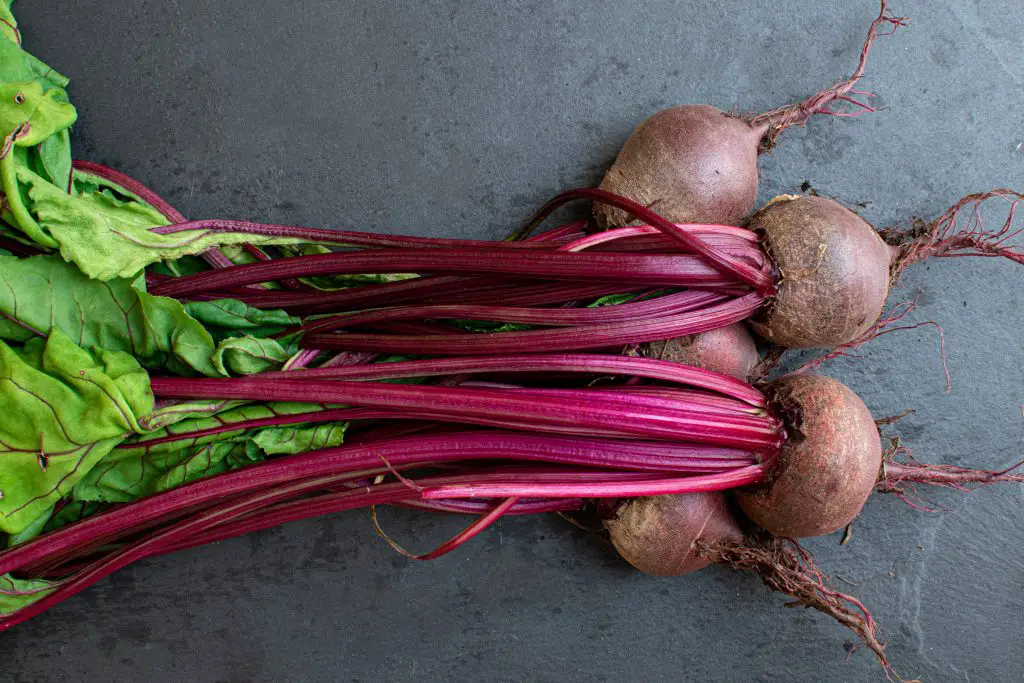
Are Beetroots Easy To Grow?
Beetroot is generally quite an easy crop to grow that does not require a great deal of maintenance once the plant has been placed in the garden. Beetroot also stores relatively well if care is taken with the storage of the plant which means that beetroot is one of those crops that you can eat every last bit of produce that you create in your garden.
In terms of the growing conditions, the plant is also tolerant of a wide range of conditions and can tolerate temperatures of as low as 30F for extended periods of time. This means that this plant can be grown almost anywhere in the world successfully.
However, it is important to note that while the plants can tolerate these very low temperatures it will not grow substantially unless the temperatures are greater than 40 to 50F. So even though it is a winter vegetable you actually need to grow the plant in the warmer parts of the season to allow it to get to reasonable size. It can then sit in the garden during the winter months and be picked as required.
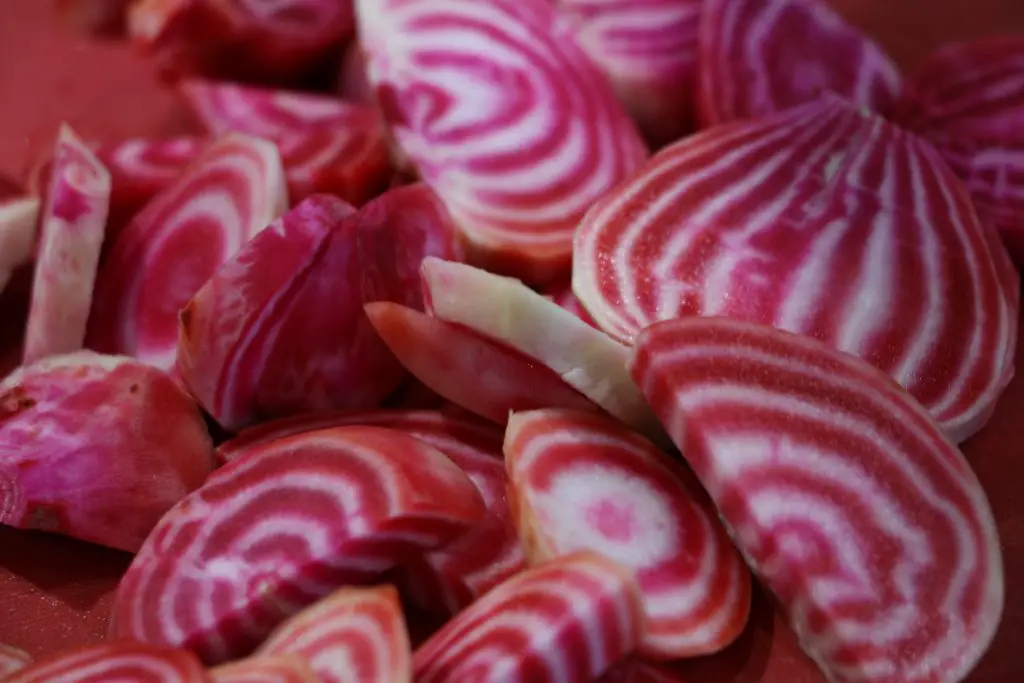
How To Grow Beetroots
Beetroots are a plant that is best grown from seed rather than purchasing seedlings from the local garden center. This is because you can control better how the beetroot is sown and therefore maximize the yield within your garden. It is also significantly cheaper.
To get the most out of your beetroot plant with the minimum effort we highly recommend that you start the plant off in seed trays in late winter. A second crop can also be sown in midsummer to ensure that you have beetroots available through the winter period.
As the temperatures in many locations will be very cold during the winter sowing you will need to bring the seed tray indoors and place it in a relatively warm location. However, if you want to get the seedlings off to the best possible start we recommend using a heated propagation tray as this will provide a more consistent temperature control than just leaving it in your house near a heater.
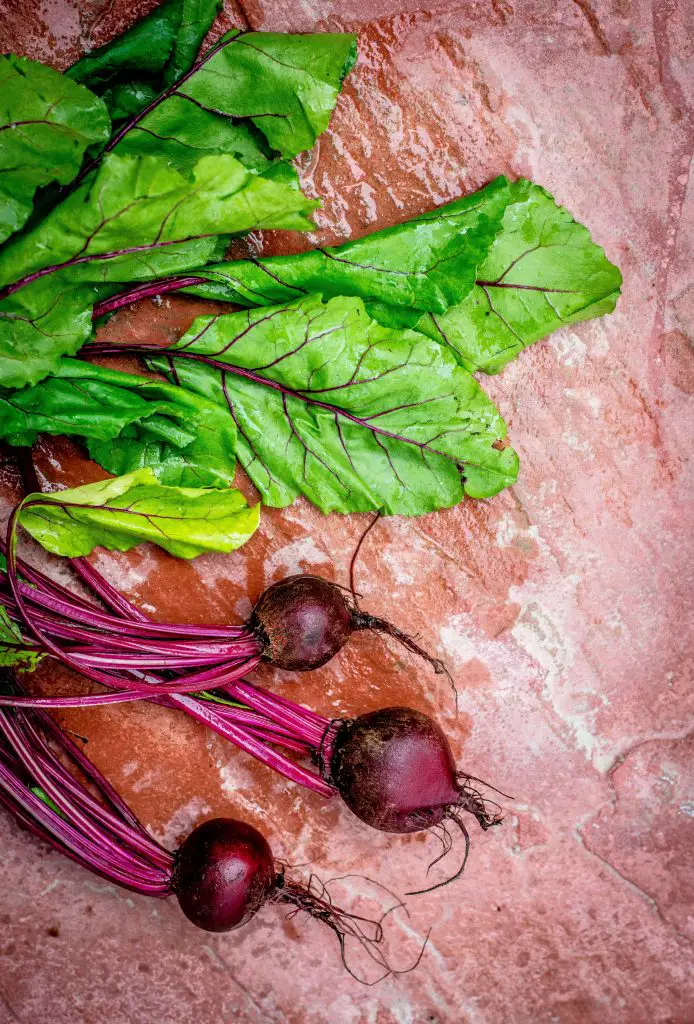
If you are considering purchasing a heated seed tray the one we would recommend is the ipower germination kit because it is relatively inexpensive and it features a removable seed tray and humidity dome which are both important in getting the best out of this type of unit.
The removable seed tray is important because that is the component that will deteriorate first in the unit, so being able to replace that unit will extend the life of the unit substantially. The humidity dome is an important feature because it will also help to retain heat and moisture around the young seedlings optimizing their growing conditions. To see the latest price on Amazon click on the link below.
To sow the seeds start by filling the seed tray with good quality seed raising mix and firm the mixture into the seed tray to create solid soil plugs. This is important because it will make it easier to transplant the seedlings later on.
Once the seed tray is full of soil place 4 to 6 seeds in each cell. This method is sometimes referred to as multi-sowing and is a technique that is highly recommended by the well-known gardener Charles Dowding. He recommends this method because it has several advantages over the traditional method of placing a single seedling into the garden.
The first important benefit of multi sowing is that it increases the yield produced. This is because clumps of the plants can be grown together without substantially affecting the size of the beetroot produced provided that cluster is limited to 4 to 6 seeds which means that more beets can be grown in the same area.
At this number in a cluster, the beetroots will still reach a reasonable size, however, if you go beyond that number the size of the beets will start to be affected.
The second key benefit of multi sowing is that it reduces the amount of time required to transplant the seedlings into the garden. This is because each and every time you placed a plug of plants into the garden you are planting 4 to 5 beets as opposed to 1.
The third significant advantage associated with multi sowing is that because you are planting clusters you can plant these clusters further apart which makes maintenance easier. This is because having sufficient space between clusters will allow a dutch hoe to be used between clusters to remove weeds quickly and efficiently.
Once the seeds have been planted into the tray it will typically take approximately 7 to 14 days for the seedlings to germinate and it is necessary for the seedlings to spend 6 weeks in the seed tray before they are large enough to be planted out into the garden. During this period it is important to ensure that the soil remains moist.
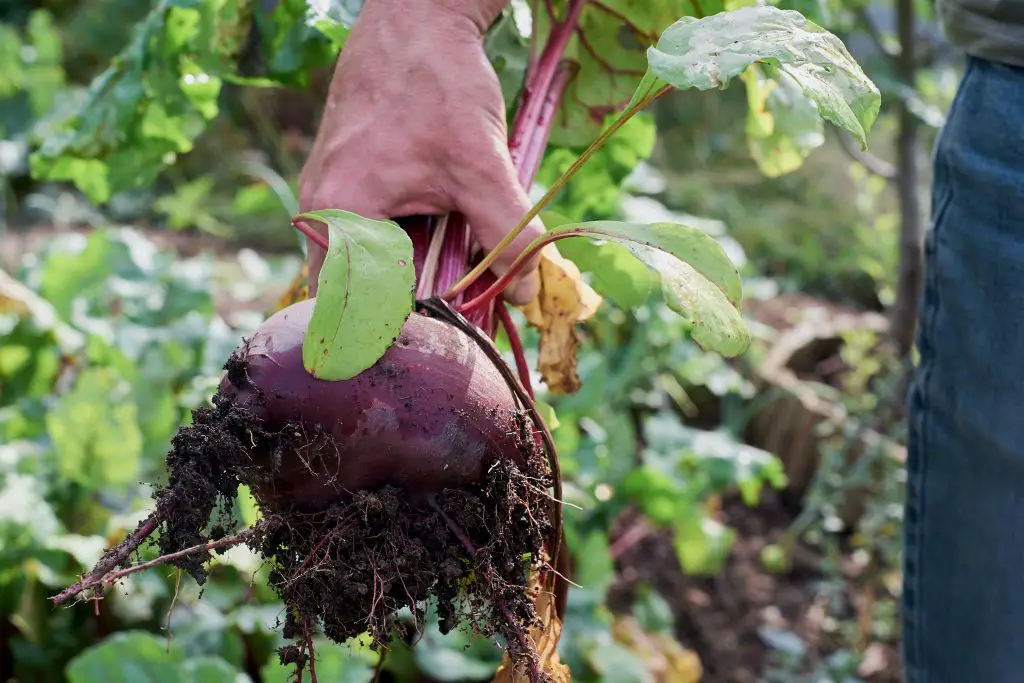
Planting The Seedlings Out To The Garden
Once the seedlings have reached a reasonable size they can then be transferred out into the garden. The transplanting should typically be done once the risk of frost has passed. The clusters should be planted approximately 8 to 10 inches aparts in the garden bed.
In terms of growing conditions, it is preferable to grow beets in a sunny location that has rich moist and free-draining soil. However, beetroot is one of those plants that will tolerate shadier conditions though the growth rate will be reduced.
Once the seedlings are in position in the garden it is a good idea to mulch the garden bed. When mulching the garden bed we recommend using compost rather than using other mulches such as straw or chip bark.
Compost is preferable for a few reasons the first is that it will reduce the level of maintenance compared to other mulches because you can lightly run a dutch hoe through the mulch to remove any weed seeds that have germinated. Secondly, the mulch will serve to feed the plants in the garden bed ensuring that there are plenty of nutrients available.
The final step is to apply some snail pellets to the garden bed to discourage slugs and snails from attacking the top growth of the beetroots. In the early stages when the plants are getting established they are most susceptible to attack from slugs and snails it is therefore important that the snail bait be applied at the same time as the plants go into the ground to ensure that you do not have problems.
Harvesting Beetroots
Once the plants have become established there is very little maintenance required other than to ensure that the plants received plenty of water.
Beetroot will typically take around 2 to 3 months to get to a sufficiently large size for them to be harvested. However, beetroots are relatively forgiving in terms of the timing of when you harvest them they can be harvested relatively early as baby beets, which are typically when the beetroot is the size of a golf ball or you can allow them to get larger.
If you have planted in clusters what tends to happen is that you will have some beetroot within a cluster that will have fully developed and other ones that are a little bit further behind. When harvesting it is best to select the largest beets from each cluster and twist them out rather than pull them from the garden.
Twisting will reduce the extent of root disturbance allowing other beets within the cluster to grow on. These remaining beets then can then be harvested at a later time.
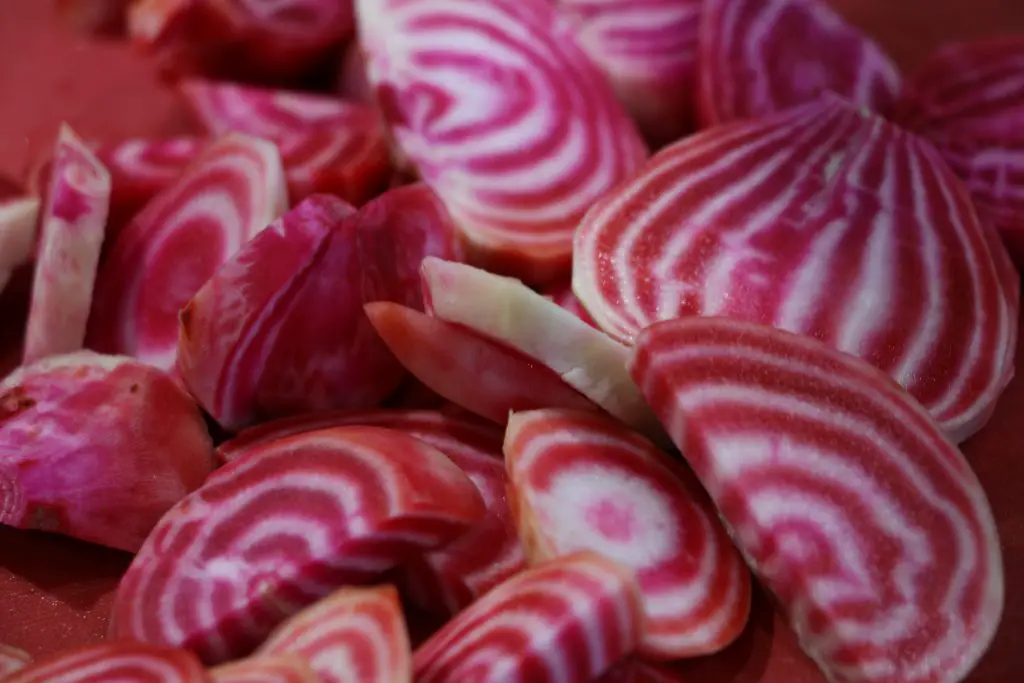
Storing Beets
If you are growing beets through the Autumn period they can remain in the garden throughout the winter unless the weather is extremely cold. However, if you wish to remove them from the garden they can also be stored for many months. The best way to do this is to store them in damp sand in a cool location as this mimics the conditions that the beets would experience in the garden. If they are stored in these conditions the beets will last for at least 6 months possibly longer
I hope you found this article useful and have great success with your beetroots, if you have any additional questions or comments please leave them in the section below.
Relevant Articles
Can You Grow Beetroot All Year Round?
Beets vs Beetroot: Are They The Same Thing?
12 Tips To Boost Your Garden Output
10 Ways To Make Your Vegetable Garden Look Beautiful
